Our wearable tech, fashion tech (including smart textiles, wearables and soft robotics) and smart cities future is something I spend a great deal of time thinking about. How will fashion designers influence the wearable tech sector? How will they transition from traditional practice to technology-driven practice? How will fashion design students enter into fashion tech without the facilitation of dual science/tech and fashion training? Do fashion designers (apart from my peers and I) have a belief and genuine interest in this field? How do we close the gap between fashion and technology? How will we begin the speak the same 'language'?
The questions above were answered at least in part by Farid Akmal when I interviewed him at the Ravensbourne Incubation space at the end of last year. The first ever graduate of the MA Wearable Futures course at Ravensbourne he explained to me his involvement in devising the first 'wearable tech' unit to be taught as part of the Ravensbourne Foundation course commencing in January this year. The significance of this can't be underestimated. To introduce a core six weeks of training spanning basic circuitry and electronics, integration of electronics into textiles, sensors and their use in capturing data and actuators as a tool for expressing this data is a leap not only in the skill-set being disseminated, but in opening up future pathways in training across disciplines and cultivating designers (accessories, fashion and product) who seamlessly integrate electronics and textiles to shape our fashion tech future.
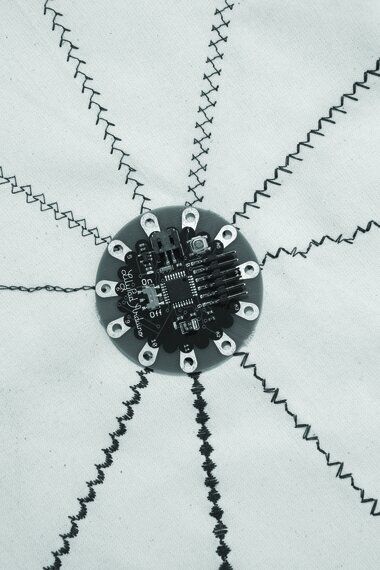
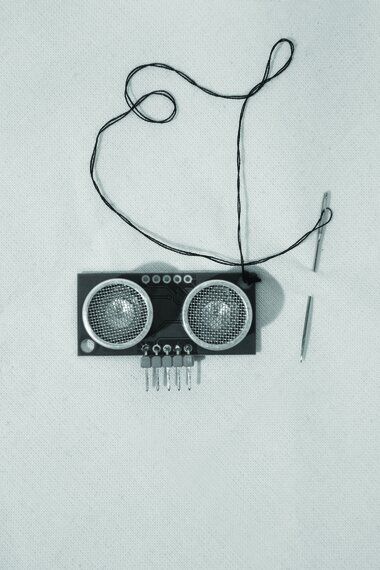

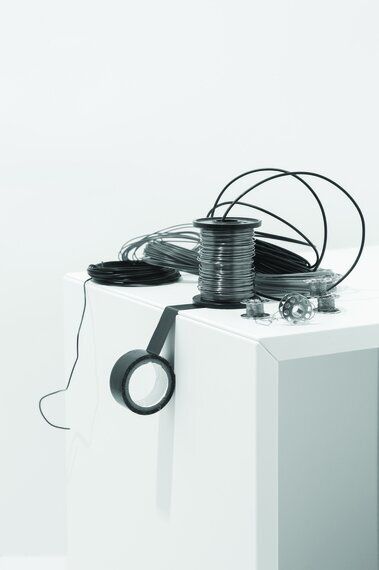
Images from a Farid Kamal's Couturier's and the Art of Survival - A Technologist's Guide
I posed to Farid that his students will have one key advantage over us (designers currently working in this space), and that is their 'naive' blank slate and lack of assumptions over fashion and what it means to be a fashion designer. When we studied fashion we were trained to admire and seek to understand the work of other designers and shape ourselves as designers, accordingly. A healthy respect for the practice and aesthetic of fashion designers underpinned our contextual fashion studies. But if we don't look beyond what has been done before and introduce truly new practices, where can fashion go?
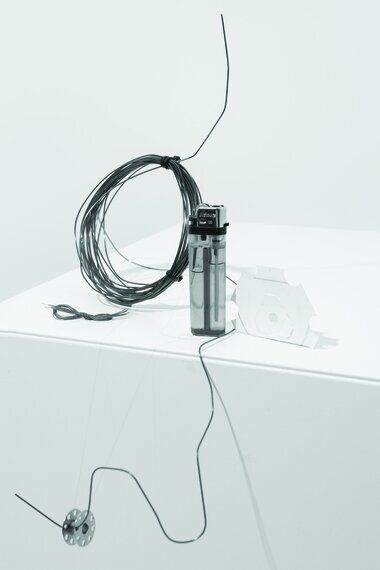

Images from a Farid Kamal's Couturier's and the Art of Survival - A Technologist's Guide
One of the projects the foundation students will undertake as part of this new wearable tech unit is sourcing charity shop garments and embedding them with technology to enhance their design and functionality. Whilst Farid (and I) are reticent about LED lights on clothing, for example, the students don't hold the preconceptions we do given our prior fashion training and may develop a beautifully refined and symbiotic use of them in clothing - who knows? Farid's initial feedback from the students is overwhelmingly encouraging with many of them expressing a desire to know how fashion tech garments work and how to make their own 'wearables" - some inspired by costumes they'd seen at Burning Man. Whilst this sounds a little 'costumey' rather than fashion-led, it's important to recognise these things are subjective and take time to evolve.
Following the launch of this unit the aim is to extend this core 'wearables' training to a short course for students and staff at Ravensbourne, which is an exciting and visionary step in furthering the field of fashion tech and its applications across industries.
Carl Bresnahan is as inspiring as he is energetic. Also an incubee at Ravensbourne, he introduces me to a world of haptic holograms and the future of holographic purchasing. His company Intaglow was borne out of a live brief for Paul Smith during which he created a holographic window display that transformed the Paul Smith store windows into a digital event space.
A graduate of Chelsea College of Arts and Central Saint Martins, armed with graphic design and communication credentials he teamed up with Product design graduate Harry Hope-Morley and they now create bespoke hardware, software and digital design for their clients, who range from Swarovski to Zaha Hadid.
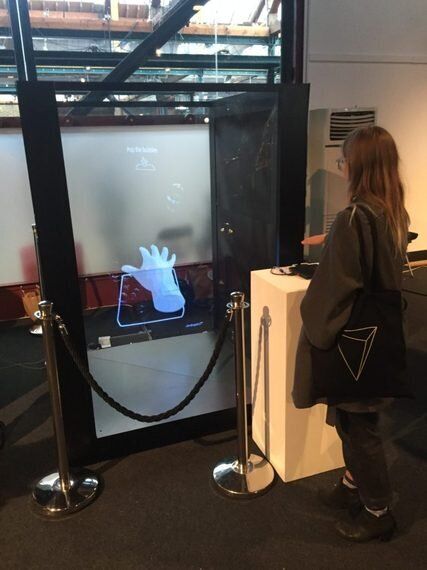
Intaglow at Wired2016
A chance meeting with Ultrahaptics at Wired2016 posed the idea of enabling their holographic creations with haptic feedback to enable a fuller user experience by integrating touch with holographic visuals and sound. Carl sees what he and the team at Intaglow do as storytelling, both as a form of entertainment and a way of engaging consumers. They are resolutely focussed on the aesthetics and the experience they deliver and pride themselves on their ability to create bespoke products exactly according to their vision for their clients. The collaborative nature of their work is evident in that they create a number of stories to present to brands to consider and refine. They have up to ten designers and developers on hand to realise ambitious projects on lead times as short as four weeks. Enough text. Here are some of the results.
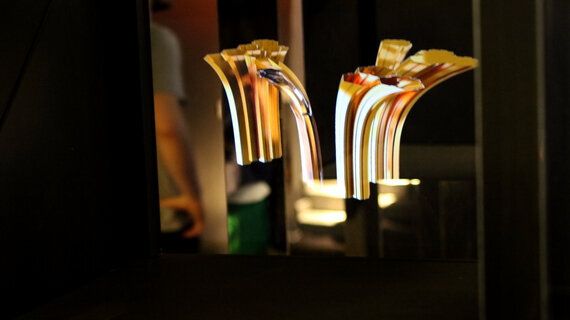
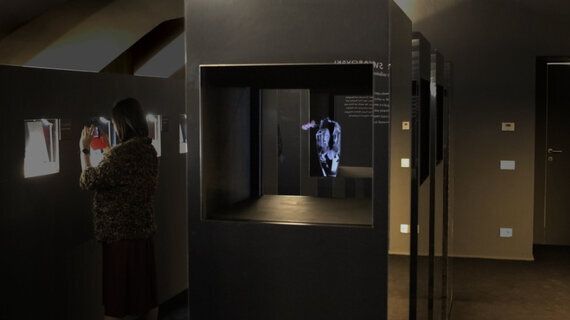
Top: Intaglow for Zaha Hadid, Above: Intaglow for Swarovski, Images: Carl Bresnahan
Our discussion segues into fashion tech and wearables, of which Carl is a big fan, and we muse over projects we are currently working on and potential future collaborations. Carl benefits hugely from an infectious and open-minded design approach and confesses to loving the process of coming up with ideas and telling beautiful, holographic stories. The future looks seriously luminous.
Further to my earlier explorations of the Hololens by Microsoft, DoubleMe, also incubees at Ravensboure alongside Karim and Carl, are pushing hard to explore fashion applications with their astonishingly good image capture technology 'Holoportal' combining camera capture and their proprietary algorithm devised by founder Albert Kim, that can create 3D renders for avatars, holograms or use with any other 3D design software in record time. This gives DoubleMe the ability to capture 3D content from subjects in the Holoportal (I gave it a go - see below) and then process it with said algorithm before uploading it to the web or sharing it to any design platform or Hololens in seconds. Here I'm holographically dancing (low resolution to allow quick image processing).
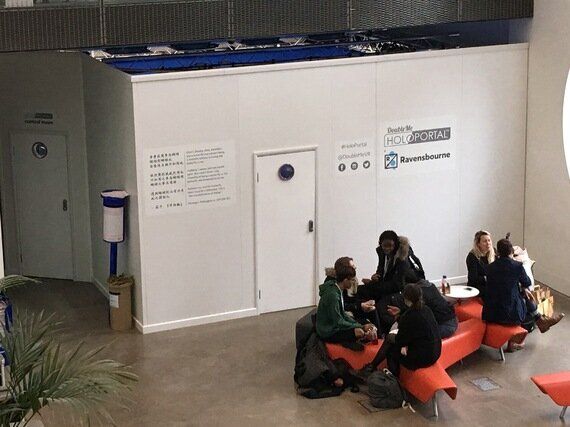
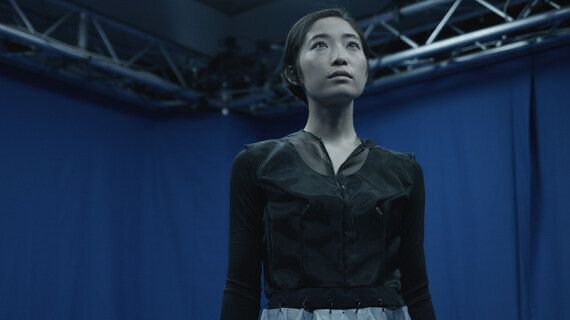
The Holoportal for 3D image capture at Ravensbourne
The DoubleMe team are currently developing a 4K version which will render the kind of degree of detail that could benefit the fashion industry.
But what are the applications of this technology? Where can we expect it to be used? We saw the early explorations of a foray into fashion presentations via Martine Jarlgaard's SS17 collection at London Fashion Week last September.
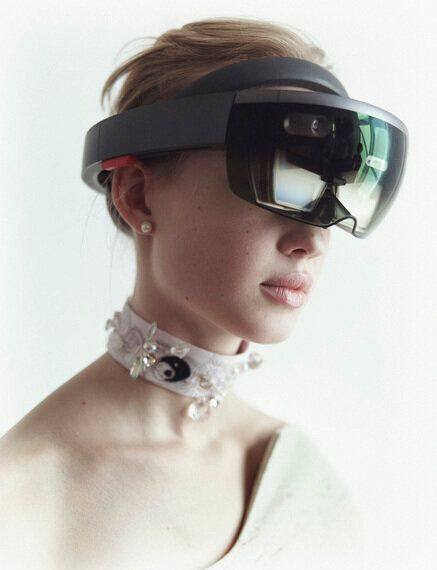
Martine Jargaard London SS17 Mixed reality fashion show, London Fashion Week
Beyond this, Albert Kim, Founder and James E. Marks, Head of Sales, are creating holographic guided tour content that can be projected into museum and gallery spaces. They hope that fashion design students at Ravensbourne will experiment with the technology to use it for styling and photoshoots which they can then share digitally in 3D. They also see it as a potential sales tool for the fashion industry.
As I wrapped these interviews I headed back east for the Ravensbourne X VF exhibition, which I have featured on the blog here. Stay tuned for more news of fashion tech developments at Ravensbourne and beyond by subscribing to Techstyler.fashion
First published on Techstyler.fashion
